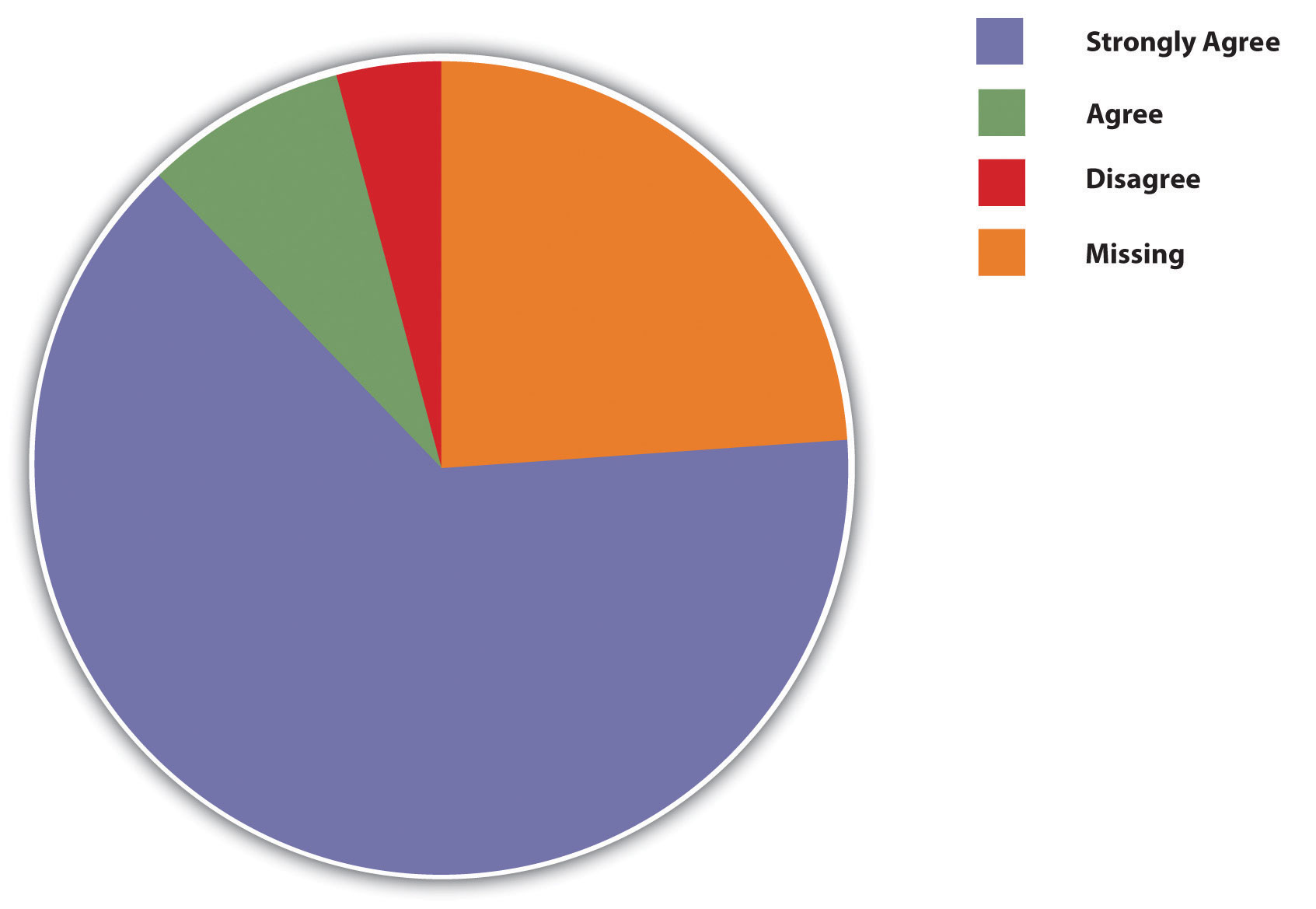This is “Chapter Exercises”, section 15.5 from the book Public Speaking: Practice and Ethics (v. 1.0). For details on it (including licensing), click here.
For more information on the source of this book, or why it is available for free, please see the project's home page. You can browse or download additional books there. To download a .zip file containing this book to use offline, simply click here.
15.5 Chapter Exercises
Speaking Ethically
Janet knew that her argument was really weak. She kept looking at the data trying to find a way around the weakness. Finally, it hit her. She realized that she could hide the weakest part of her argument in a really complex presentation aid. If the people can’t understand it, they can’t use it against me, she thought to herself.
While she was nervous during her presentation, she was confident that no one would notice what she did. Thankfully, at the end of her presentation everyone applauded. During the question and answer period that followed, no one questioned the weak information. In fact, no one seemed to even remember the presentation aid at all.
- Is hiding weak information in a complex presentation aid ethical?
- Are complex aids that don’t lead to audience understanding ever ethical?
- If you were Janet’s boss and you found out what she had done, would you think she was an unethical person or just a good, albeit manipulative, speaker?
End-of-Chapter Assessment
-
Polly was in the middle of her speech about the importance of climate change. The presentation aid she shows is a picture outlining where the hole in the earth’s ozone is located. What aspect of audience understanding is Polly hoping to impact with her aid?
- clarifying
- explaining
- amplifying
- emphasizing
- illustrating
-
Benny conducted a simple survey of his fraternity members to see what their thoughts were on instituting a no-hazing policy. During his presentation to the group he used the following aid to discuss his findings. What type of aid is Benny using?
Figure 15.21

- representation
- object
- graph
- decision tree
- chart
-
Which form of presentation aids are drawings that outline and explain the parts of an object, process, or phenomenon that cannot be readily seen.
- representations
- diagrams
- objects
- charts
- graphs
-
Which of the following is not true about using black/dry-erase boards as presentation aids?
- Don’t write in complete sentences.
- Never write in cursive.
- Write large enough so everyone in the room can see.
- Make sure your handwriting is legible.
- Black/dry-erase boards are appropriate for every speech context.
-
Which of the following is a tip for effectively using presentation aids?
- Always pass around presentation aids so your audience can view them up close.
- If something happens to your aid, there’s no reason to keep going.
- Speakers don’t need to worry about presentation aid’s aesthetics.
- Aids need to be large enough to be seen by your entire audience.
- Every slide, graphic, and word on a computer presentation should be animated.
Answer Key
- e
- c
- b
- e
- d




